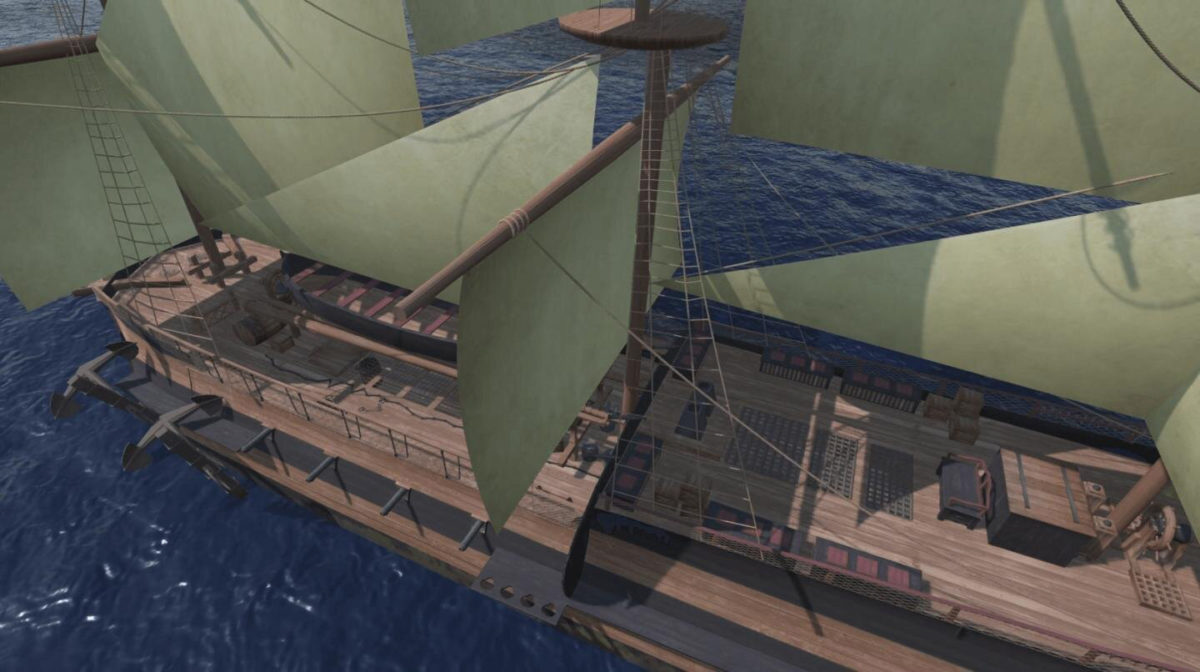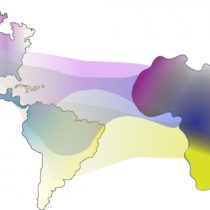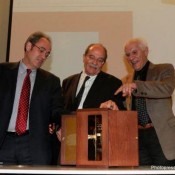A 3-D model of an 18th century slave ship, which captures the cramped, dirty and stifling conditions experienced by enslaved Africans, has been launched as a new digital teaching tool.
The idea of creating a digital slave ship came from Lancaster University lecturer and historian of the Atlantic World Dr. Nicholas Radburn.
He worked with a team of scholars and technicians from Emory University, a private university in Atlanta, Georgia, to bring the project to fruition.
Part of a leading digital humanities database project co-managed by Dr. Radburn, the recreation of the French ship, ‘L’Aurore’, will be used in classrooms, museums, galleries and family historians worldwide.
Between 1500 and 1867, some 40,000 voyages carried 12.5 million Africans to the Americas, where they were sold into slavery.
The only remaining set of plans of a slave ship are for the ‘Aurore’. Those plans shaped the 3-D model.
Dr. Radburn is a co-editor of Voyages: The Trans-Atlantic Slave Trade Database, which documents the slave trade through a database of 36,000 slave voyages.
The site, which receives approximately 30,000 visitors a month from all over the world, is used extensively in classrooms and museum galleries, including the recently opened Smithsonian Museum of African American History and Culture in Washington D.C., which had 1.9m visitors last year.
“Although ‘Voyages’ is a key digital resource, it gives users little sense of the experiences of the 12.5 million Africans who were enslaved through the trade,” explains Dr. Radburn.
“When I was undertaking my doctoral research, I discovered that the flat images of slave ships really didn’t capture the realities of the trade. To address this problem, and as part of ‘Voyage’s’ recent redesign, I developed the 3-D model of a slave ship in collaboration with the digital team at Emory.”
The video of the 3-D model, which took almost three years to produce, was launched on the ‘Voyages’ website earlier this year and has already received several thousand views and has been picked up on social media channels.
Viewers of the video take a trip right through the ‘Aurore’, which set sail from La Rochelle in France in August 1784 bound for Africa and onwards to what is now Haiti.
The clip provides a sense of the horrific conditions endured by 600 enslaved men, women, and children for the several months they were imprisoned on the vessel.
“We designed the model to be sensitive to the numerous issues of representing the slave trade,” added Dr. Radburn. “The feedback we’ve received so far has been very positive.
“We hope it will provide teachers, museum curators and the general public with a different way of thinking about the slave trade that goes beyond existing images.
“We are in a digital age so this project was very much about using those tools to provide something better and more engaging.
“It’s been very rewarding. As a historian, I usually write and teach with traditional textual sources, so this was a very different project for me. Working with computer scientists, digital experts and a voice-over artist is not the usual remit of a historian.”
Dr. Radburn explained the specialist knowledge he gained through studying history was essential to making the ship a reality.
“To build an accurate model of a slave ship, you’ve got to know about the slave trade” he added.
“Given that this is now on ‘Voyages’, a platform that already receives tens of thousands of visitors a month, the video should be become a standard tool for teaching the slave trade’s history in the future.”





